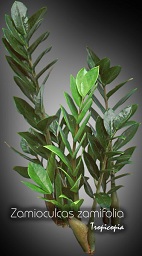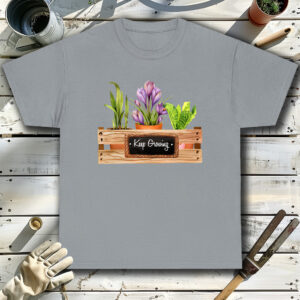Table of contents
Zz plant

Latin Name: Zamioculcas zamifolia
Category: Foliage plant
Family: Araceae
Origin: South Africa
Climate: Tropical
Growing Zones: 11-10
Care Instructions
The Zz plant (Zamioculcas zamifolia) is a tropical plant that originates from South Africa. This foliage plant plant belongs to the Araceae family and is well-suited for growing in USDA zones 11-10.
Complete Care Guide for the ZZ Plant (Zamioculcas zamifolia)
Watering Requirements
The ZZ plant is renowned for its drought tolerance, making it an excellent choice for both novice and experienced gardeners. When it comes to watering, it is crucial to adopt a “less is more” approach. Allow the top 2-3 inches of soil to dry out completely before watering again. During the growing season (spring and summer), you may need to water every 2-3 weeks, while in the dormant season (fall and winter), reduce watering to once a month or even less. Overwatering is the most common mistake made with ZZ plants, leading to root rot. Always ensure that the pot has drainage holes to prevent water from accumulating at the bottom.
Light Conditions
ZZ plants thrive in a variety of light conditions, making them incredibly versatile. They prefer bright, indirect light but can also tolerate low-light environments, which is why they are often found in offices and homes with limited natural light. Direct sunlight can scorch their leaves, so it’s best to avoid placing them in such conditions. If you notice the leaves turning yellow, it may be a sign that the plant is receiving too much light. Conversely, if the plant becomes leggy or the growth slows down, it may need more light. A spot near a north or east-facing window is ideal for optimal growth.
Soil Preferences
ZZ plants prefer well-draining soil that retains some moisture but does not become waterlogged. A commercial potting mix designed for succulents or cacti is an excellent choice, as it provides the necessary drainage. You can also create your own mix by combining regular potting soil with perlite or sand to enhance drainage. Fertilization is not a strict requirement for ZZ plants, but if you wish to encourage growth, you can apply a balanced, water-soluble fertilizer diluted to half strength during the growing season, approximately once every 4-6 weeks. Avoid fertilizing during the dormant months.
Pests and Diseases
While ZZ plants are relatively pest-resistant, they can occasionally fall victim to common houseplant pests such as spider mites, mealybugs, and scale. Regularly inspect the leaves for any signs of infestation, such as webbing or sticky residue. If you notice pests, treat the plant with insecticidal soap or neem oil, ensuring to cover all surfaces of the leaves. As for diseases, the most significant threat is root rot, which is primarily caused by overwatering. To prevent this, always ensure proper drainage and avoid letting the plant sit in water. If root rot occurs, you may need to repot the plant, trimming away any affected roots.
Special Care Tips
To keep your ZZ plant healthy and thriving, consider the following special care tips. First, dust the leaves regularly with a damp cloth to keep them clean and allow for optimal photosynthesis. This is especially important if the plant is in a low-light area. Additionally, ZZ plants can benefit from occasional rotation to ensure even growth on all sides. If you notice that your plant is becoming too tall or leggy, you can prune it back to encourage bushier growth. Lastly, be cautious of the plant’s toxicity; while it is not harmful to humans, it can be toxic to pets if ingested, so keep it out of reach of curious animals.








